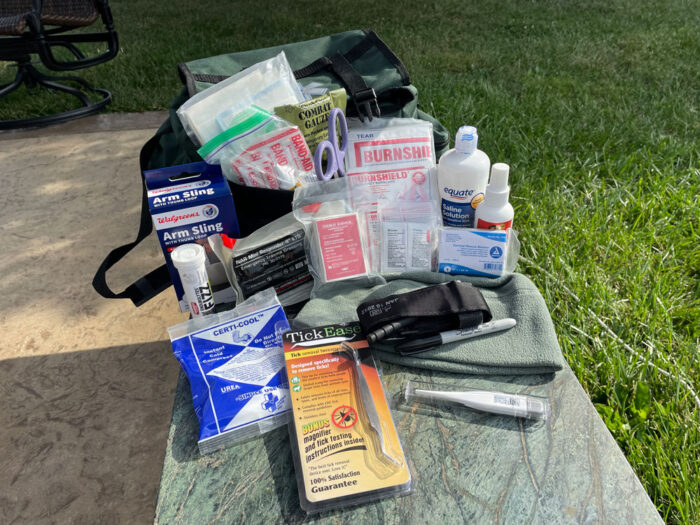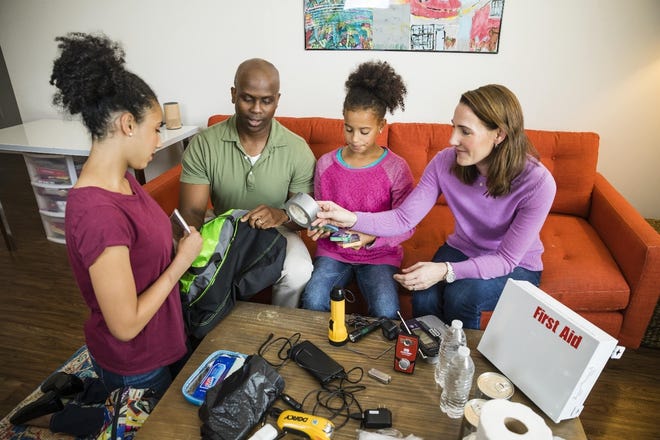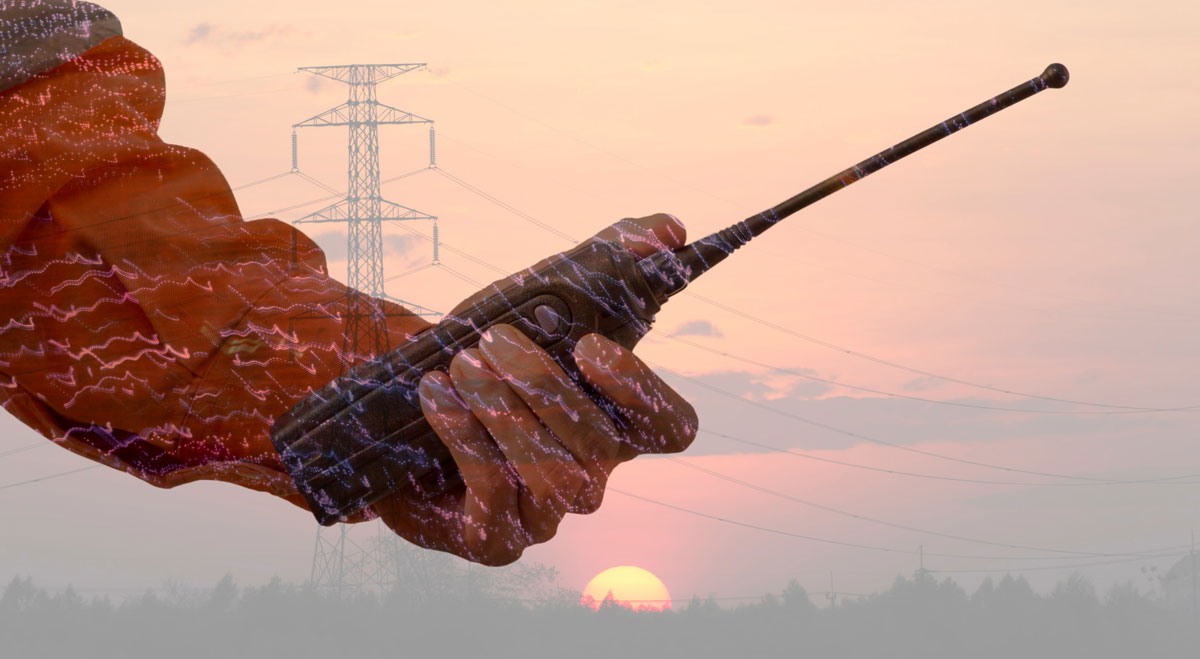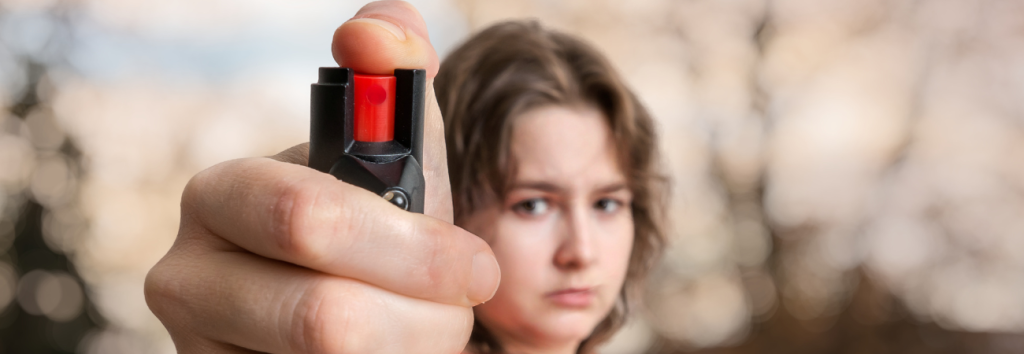Restoring – is a necessary part of everyone’s ready plan. That can mean more than simply restocking supplies and recovering after events. It might also involve restoring your mental wellbeing.
Mental health treatment is a “reactive” approach where mental resilience is a “proactive” approach to not just avoiding mental health issues but in living a much fuller and happier life! Mental resilience is about a person’s mindset, their current frame of reference for themselves and the world around them, involving self-efficacy, self-reliance, self-esteem, self-image, and stems from a growth mindset and positive psychology approach to life and living and not a victim mentality (which is the antithesis of the disease model).
I wanted to share this part of my reply with everyone, as THIS needs to be better understood. Mental Resilience is NOT just about Mental Health! Much like fitness provides a TON more benefits than just weight loss, mental resilience training simply provides better mental health as a beneficial side-effect, NOT as the main product!
Mental Resilience is not just about being able to deal with the stress of combat or survival. It is not just about having better focus and attention spans. It is not just about gaining more control over your thoughts and emotions.
Mental Resilience is MAINLY about learning just how powerful and amazing the human mind really is and how gaining better control, focus, and understanding of that power will allow you to better handle life. Things like ~ deal with stress, handle combat and combat fatigue, keep your head in a survival situation, control your emotions at work and with family or loved ones, and on and on.
HOWEVER … much like people only think of either weight loss or strength when lifting, and not the other 100 benefits to mind, body, and life, Mental Resilience also provides much more than “damage control.”
Mental Resilience Training allows you to ~ learn to enjoy the moments and the little things more, learn to stop judging you and others around you, provides a more open mind and understanding of you and the world around you, creates more critical and independent thinking, reduces biases and prejudices … it improves sleep, increases a sense of overall wellbeing, improves your sex life, improves your mental and physical health, reduces your risk to a multitude of chronic illnesses and diseases … it helps to make you a more compassionate mother, father, or spouse, it helps you to better “love thy neighbor,” it helps to create more empathy and understanding for others as it does the same for yourself.
This list could go on and on about all the aspects of your life, as Mental Resilience Training is about learning how to turn off the auto-pilot that people live on (90-95% of your day is simply conditioned subconscious and unconscious automatic routines) and LEARNING how to unprogram and reprogram (thank you neuroplasticity) … HOW YOU WANT TO LIVE!
As my business cards say … Mental Resilience Training is “Mental Remodeling” for the mind, body, and soul 🙂
Illegitimi non Carborundum!









